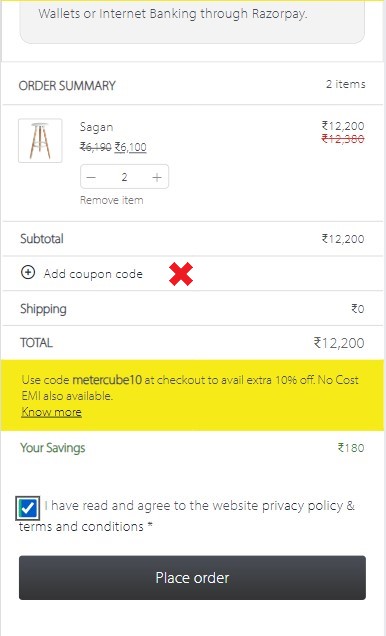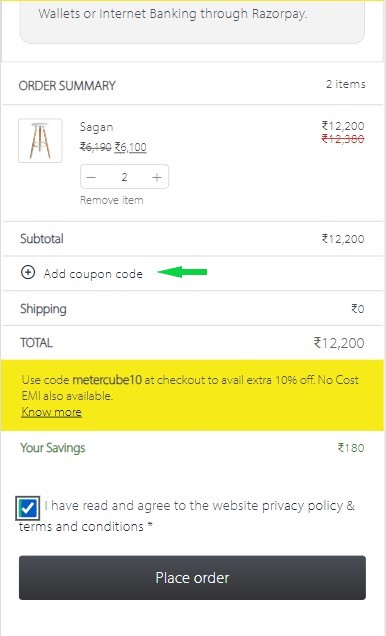10 DIY Kitchen Table Projects to Revamp Your Dining Area

Tired of the same old look in the dining area? A new kitchen table could be the perfect solution to breathe fresh life into the space. But why break the bank, when creating something truly unique yourself is a viable option?
DIY kitchen table projects offer a fun and rewarding way to customise the home to your tastes. Whether experienced in DIY or just starting, these 10 creative ideas will inspire the hands-on crafting of a standout table.
10 Fresh DIY Kitchen Table Ideas
-
Geometric Pattern Table
Sketch out the desired geometric pattern – such as triangles, diamonds, or hexagons – to determine the sizes and shapes of the pieces. Use plywood or hardwood for the base and various wood types or stains for the pattern. Required materials include wood glue, saw, clamps, sander, and polyurethane finish.Cut the wood pieces into the desired shapes and arrange them in the chosen pattern on the tabletop. Secure these with wood glue and clamps, ensuring each piece fits snugly. Once the glue dries, sand the surface to make it smooth and even, then finish with a polyurethane coat to protect the wood and enhance its natural beauty.
Regularly dust and clean with a damp cloth, avoiding harsh chemicals that can damage the finish. For durability, reapply the polyurethane coat every few years.
-
Live Edge River Table
Select two live-edge wood slabs that fit together, with a gap between them to be filled with epoxy resin. Needed materials include live edge wood slabs, epoxy resin, sander, saw, and clamps.
Sand the wood until smooth and ensure it is free of dust and debris. Construct a mould to hold the resin and position the wood slabs. Prepare the epoxy resin according to the instructions, incorporating colour pigments you prefer, and carefully pour it into the gap. Let the resin fully cure. After curing, remove the mould and sand the entire surface until smooth. Apply a protective coat to highlight the wood’s natural grain and give the resin a glossy finish.
Regularly dust and clean the table with a soft cloth and mild soap. Avoid placing hot items directly on the surface to prevent resin damage.
-
Mosaic Tile Table
A mosaic tile table adds colour and creativity to a dining area. Use broken, leftover, or newly purchased tiles to complement the kitchen’s colour scheme. Required materials are tiles, tile adhesive, grout, sander, saw, and sealant.
Begin by sanding the tabletop to ensure a smooth surface. Arrange the tiles in the desired pattern on the table and secure them with tile adhesive. Once the adhesive has dried, fill all gaps by applying grout between the tiles. Remove any excess grout and allow it to dry. Apply a sealant to protect the tiles and grout from stains and moisture.
Clean regularly with a damp cloth. Avoid abrasive cleaners that could damage the tiles and grout. Reapply the sealant as needed, to maintain protection.
-
Herringbone Table
A classic and sophisticated design, this table adds texture and visual interest to your kitchen. Plan the herringbone pattern and cut the wood pieces accordingly. Required materials include hardwood planks, saw, wood glue, clamps, sander, and finish.
Arrange the wood pieces on the tabletop in the herringbone pattern, securing each piece with wood glue and clamps. Once the glue has dried, sand the surface to ensure it is smooth and even. Apply a finish to bring out the natural beauty of the wood and provide protection against wear.
Dust the table regularly and clean it with a damp cloth. Avoid harsh chemicals, and periodically reapply the finish to maintain the table’s appearance.
-
LED Light Table
Decide where to place the LED lights – around the edges or underneath a glass top. Required materials include a wooden or metal base, LED light strips, glass top, sander, saw, and adhesive.
Construct the table base and attach the light strips according to the manufacturer’s instructions. Secure the glass top, correctly positioning the lights to create the desired effect. Finish any exposed edges and ensure all components are securely attached.
Clean the glass top regularly with a glass cleaner and dust the base. Ensure the LED lights are functioning properly and replace them as needed.
-
Wine Barrel Table
Find an old wine barrel and clean it thoroughly. Required materials include wine barrel, wooden or glass top, sander, saw, and brackets to secure the top.
Cut the barrel to the desired height and sand the edges to smooth them. Attach the wooden or glass top to the barrel using brackets, ensuring it is secure. If using a wooden top, finish with a protective coat to enhance durability.
Dust regularly and clean with a damp cloth. If the top is wooden, reapply the protective finish to keep it in good condition.
-
Stencil Art Table
Select a stencil design that suits the style and table size. Required materials include stencils, table, paint, sander, and sealant.
Sand the table surface to ensure it is smooth and clean. Position the stencil on the table and secure it with tape. Apply the paint over the stencil, using a brush or sponge, to ensure even coverage. Gently lift the stencil and let the paint dry completely. If you need additional designs, repeat the stencilling process. Apply a sealant to safeguard the painted surface.
Regularly dust the table and clean it with a damp cloth. Avoid using harsh chemicals that could damage the paint and sealant.
-
Chalkboard and Magnet Table
This highly innovative table can be the cynosure of all eyes and occupy a pride of place in your kitchen. Required materials include table, chalkboard paint, magnetic paint, sander, brush, and chalk.
Sand the table surface and sides to ensure they are smooth and clean. Apply the magnetic paint to the sides according to the manufacturer’s instructions, allowing each coat to dry before applying the next. Once the magnetic paint is dry, apply the chalkboard paint to the tabletop, ensuring even coverage. Allow the paint to dry completely.
Clean the chalkboard surface with a damp cloth; avoid using abrasive cleaners. Use a damp cloth to wipe down the magnetic sides and remove dust or debris.
-
Copper Pipe Table
Plan the base structure and measure the copper pipes. Required materials include copper pipes, pipe fittings, wooden top, pipe cutter, sander, and adhesive.
Cut the copper pipes to the required lengths and use pipe fittings to assemble them into a table base. Secure the wooden top to the base with adhesive, ensuring it is centred and level. Sand the edges of the wooden top to smooth them, and finish with a protective coat.
Dust regularly and clean the copper pipes with a soft cloth. Over time, the copper will develop a natural patina, adding character to the table.
-
Puzzle Piece Table
A puzzle piece table is a playful and interactive design that can be rearranged for a unique look. Required materials include table, saw, sandpaper, paint or stain, and sealant.
Draw the puzzle piece shapes on the tabletop and cut them out with a saw. Smooth the edges of each piece by sanding them, to ensure they fit together well. Add visual interest by painting or staining the pieces in various colours or finishes. Apply a sealant to protect the surface and enhance its durability.
Regularly dust the table and clean it with a damp cloth. Avoid harsh chemicals that could harm the paint or sealant; and reapply the sealant periodically to maintain protection.
Conclusion
Take on any of these DIY projects to gain the satisfaction of building something with your hands and save some money along the way. A unique table will also reflect your personal style and perfectly complement the home’s decor. So gather the required materials, set aside some time, and get ready to transform your dining space into a place where style meets function.







